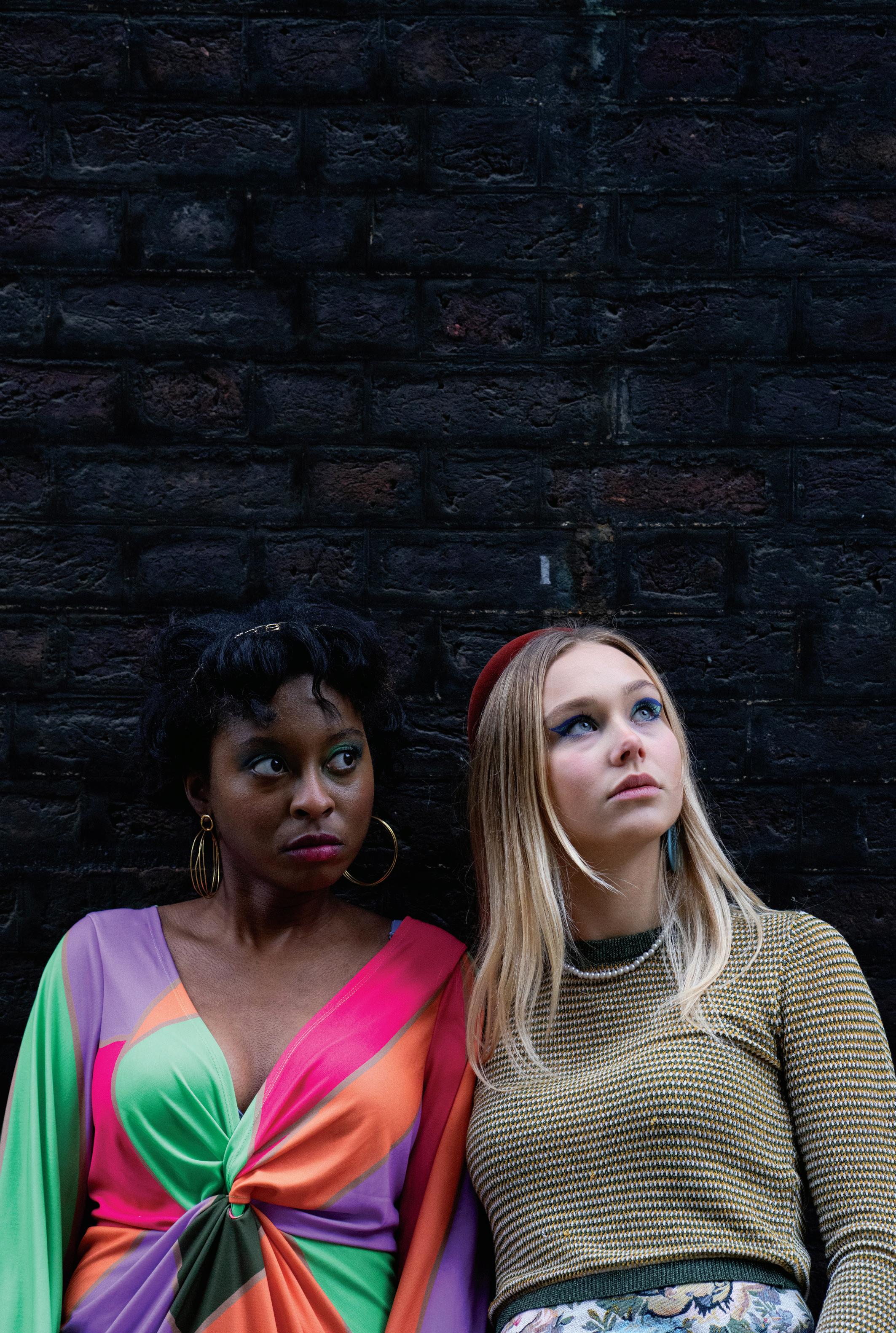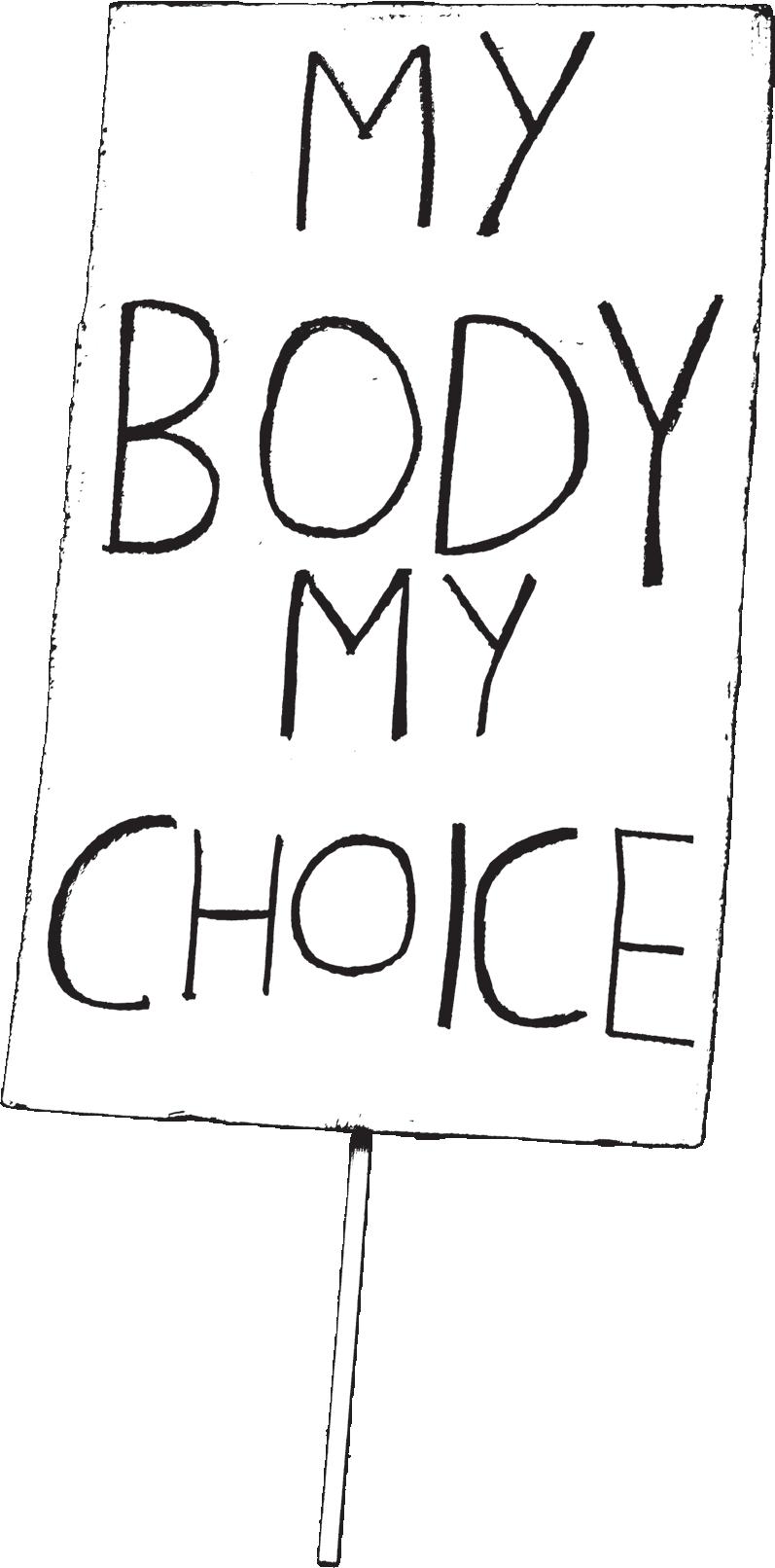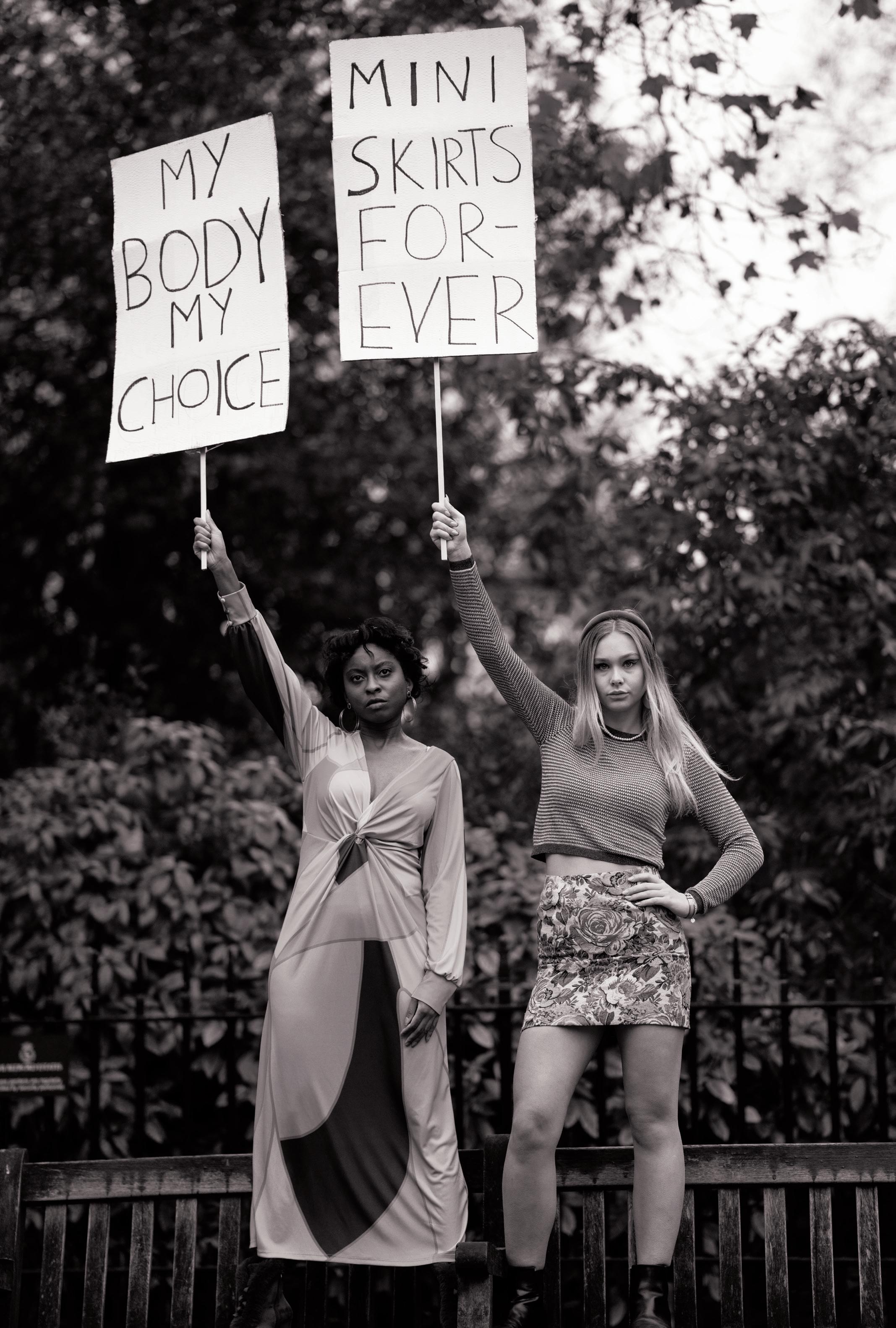
3 minute read
Fashion and Feminism
By Scarlett Walker
Fashion and feminism have long been linked to one another, both affecting and influencing the other throughout history. The 20th century bore witness to the most significant transformation of women’s fashion with the onset of the suffragette movement and post-war women’s liberation. The late 1960s to 1980s was a period of significant political and social change for women, characterised by its revolutionary liberating style.
Advertisement
Reacting against the postwar domesticity enforced on women, the second-wave feminist movement of the 1960s and 70s envisaged an end to traditional gender roles, stereotypes, and discrimination. A sense of momentum was achieved with major Supreme Court cases such as Roe vs Wade and the Equal Pay Act which were critical in the fight for women’s liberation. Such political and social gains were paralleled with new fashion trends, which brought more variety to women’s wardrobes. For instance, sexual liberation fuelled the ‘androgynous look’ which saw the rise of unisex clothing. Further, as more women entered the workforce, power dressing became popular with trouser suits and looser, less constrictive clothing entered the mainstream for women’s fashion. A pillar of this era was the mini skirt, a look often credited to designer Mary Quant. In the early 1960s, the mini skirt took centre stage, and combined with ‘over the knee’ boots, the style became synonymous with the modern woman. The silhouette was a refreshing change in women’s fashion, pioneering a more energetic and boyish look - reflecting a period of women’s political, social, and sexual liberation. The idea quickly took off and was popularised by icons such as Twiggy and Yves Saint Laurent. Indeed, the design was so adored that Dior’s decision to not feature the skirt in a 1966 fashion show sparked protesting. Like Quant’s design, Diane Von Furstenberg’s dress which was easy to slip on and off became an iconic staple as it symbolised women’s new found sexual liberation, following the legalisation of contraception and abortion.

The Graphic T-shirt has also established itself as a staple of feminist dress, and arguably still is today. Graphic Tees have long been associated with political messaging. A particularly important and popular phrase of the 1970s was ‘lavender menace’. Originally used to dismiss gay women within the feminist movement, the term was reclaimed by lesbians who wore it printed on graphic tees. Activists such as Rita Mae Brown used the term to demonstrate solidarity with lesbians who were often excluded from second-wave feminism. Continuing the tradition, the phrase ‘This is What a Feminist Looks Like’ was printed on t-shirts in the 90s in a fight against the stigma. Again gaining traction in 2016, President Obama picked up the phrase in his publication on feminism in Harper’s Bazaar.
However, not all advancements of the graphic tee as a ‘feminist trend’ have been as meaningful. Selling for $710, Dior’s ‘We Should All Be Feminists’ top inspired by activist Chimamanda Ngozi Adichie, demonstrates the intense commercialisation of what was previously a symbol of the fight for gender equality. Fast fashion brands such as H&M and Topshop have also taken part in the trend, an ironic advancement as brands such as these benefit from poor working conditions that disproportionately affect women and girls. Advancements such as these indicate how the idea of feminism is often being harnessed by fashion brands nowadays to make profit.
This does not mean that fashion has lost its political power and impact, new trends such as the Pussy Hat, which became a symbol of female solidarity after the election of Donald Trump, continue to act as symbols for feminism. However, the role fashion plays in feminism is no longer as pivotal as it used to be.












